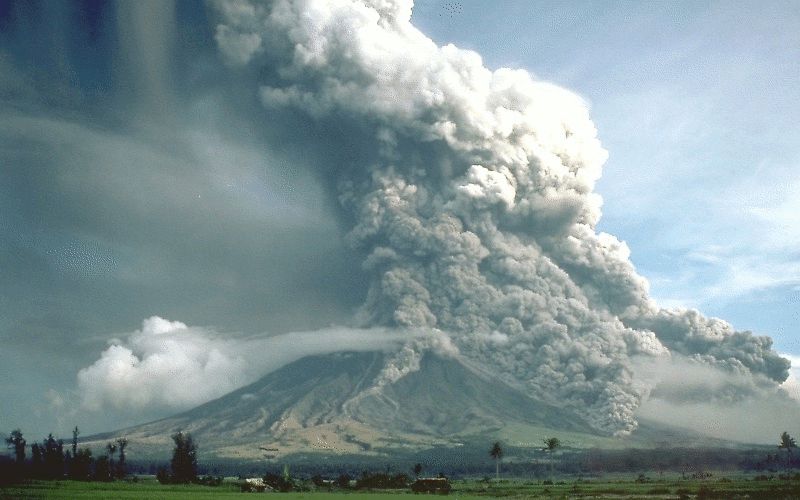-
 Ileo-caecal appendix
Ileo-caecal appendix
-
 Genetic drift
Genetic drift
-
 Hepatitis E
Hepatitis E
-
 Fayalite
Fayalite
-
 Levetiracetam
Levetiracetam
-
 Tombolo
Tombolo
-
 Magnetic monopole
Magnetic monopole
-
 Abyssal plain
Abyssal plain
-
 Green sticker
Green sticker
-
 Geocarpy
Geocarpy
-
 Stratum
Stratum
-
 Arthroscopy
Arthroscopy
-
 M 105
M 105
-
 Landsat
Landsat
-
 Biokinetics
Biokinetics
-
 Eversion
Eversion
-
 Molecule
Molecule
-
 Droppings
Droppings
-
 Habitable zone
Habitable zone
-
 Arthropod
Arthropod
-
 Glaciation
Glaciation
-
 The Bohr atom
The Bohr atom
-
 VPLS
VPLS
-
 Caenorhabditis elegans
Caenorhabditis elegans
-
 Exhalation
Exhalation
-
 Neutralino
Neutralino
-
 Proteolysis
Proteolysis
-
 Cercus
Cercus
-
 Embedding diagram
Embedding diagram
-
 Phenotype
Phenotype
Pyroclastic flow
A pyroclastic surge is a relatively dense high temperature mixture (several hundred degrees Celsius) of volcanic gases, water vapour and solid particles (fragments of lava, scoria, pumice, rock etc.), which flows at high speed (several hundred km/h at first) next to the ground, highly influenced by gravity and guided by topography with a largely laminar flow. This type of flow is often the result of the collapse of a volcanic plume.
Pyroclastic surge is one of the two main explosive regimes, the other being the plinian spine. In this case, the spine cannot contain large amounts of air: the mixture stays heavier than air, only rising a few kilometres over the erupting mouth, eventually falling to the ground, adding to dense flows of fragments and gas hurtling down the slopes of the volcano.
Pyroclastic surges are much more dangerous than plinian spines. The volcanic mixture is concentrated and channelled by the valleys: it flows at high speed at heights that can reach hundreds of metres, devastating everything in its passage.
Although these two regimes are well defined, things are more complicated in practice. Eruptions sometimes change from one type to the other (like the famous eruption of Vesuvius in the year 79 AD) and are often in an intermediate regime with the two types of flow co-existing. This is what makes these eruptions particularly dangerous ...
 Pyroclastic flow
Pyroclastic flow
Latest
Fill out my online form.



